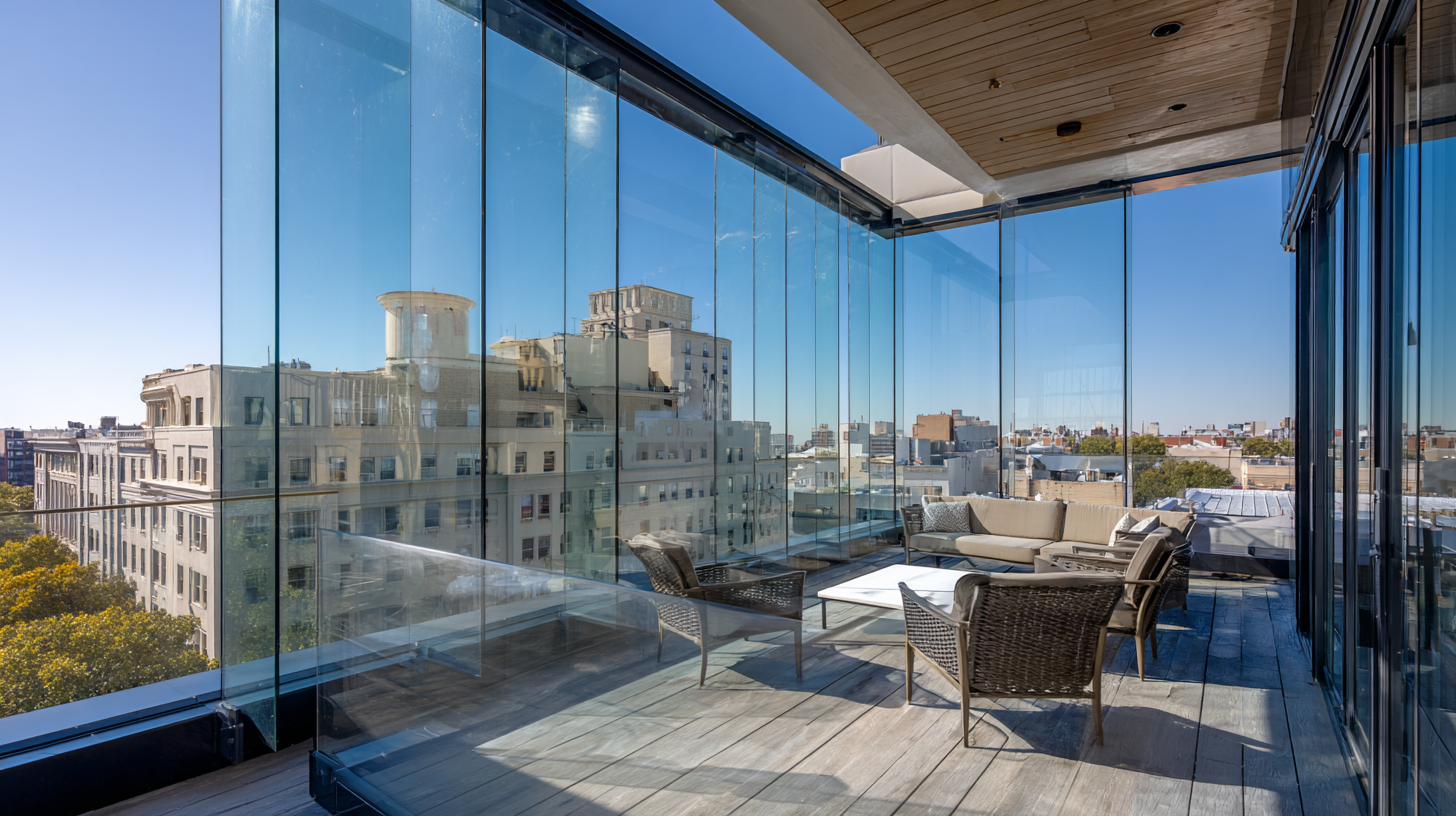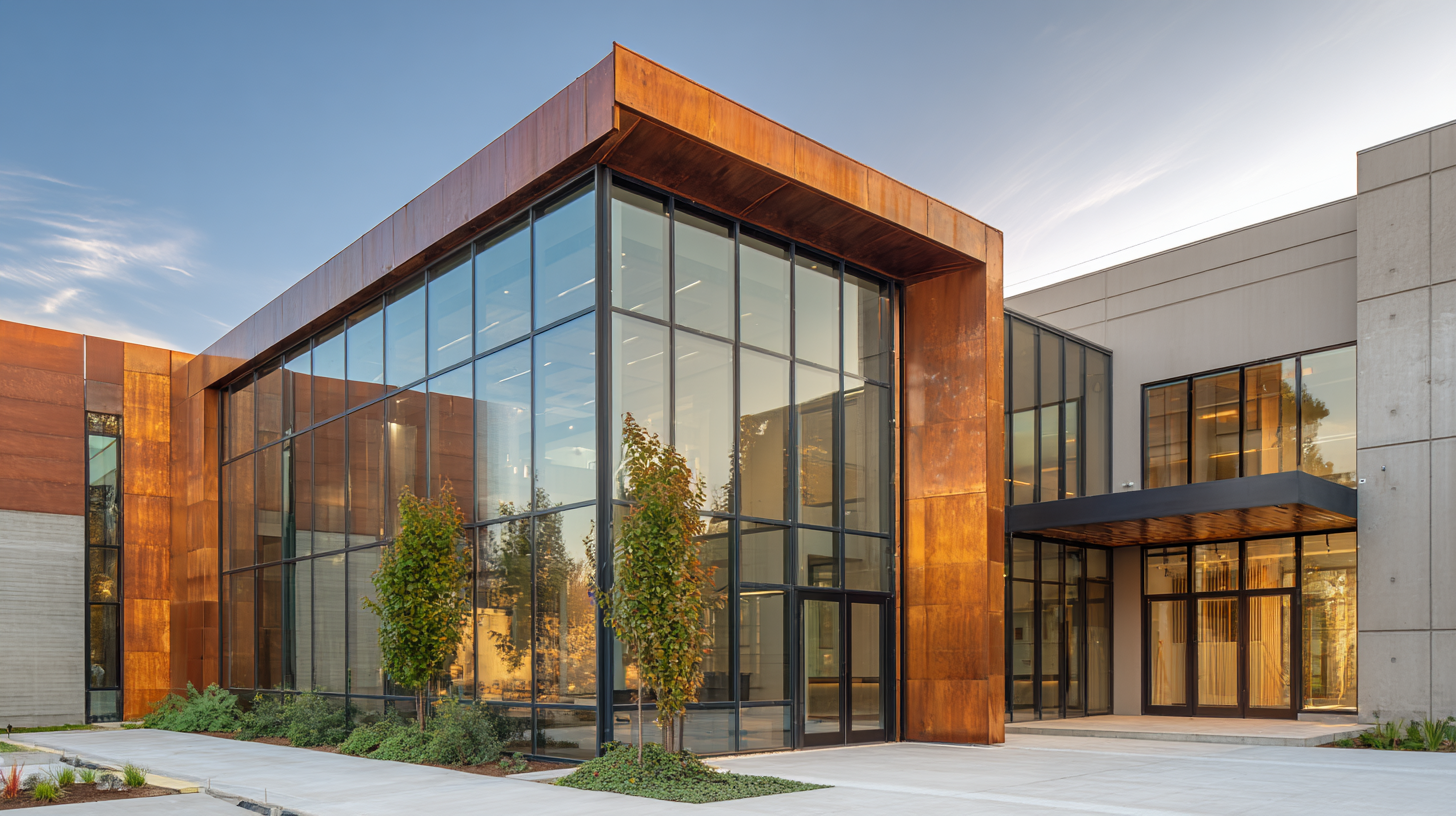
When embarking on a construction or renovation project, one of the most critical decisions you'll face is the selection of the right materials, particularly when it comes to Architectural Glass. This versatile product not only influences the aesthetic appeal of your building but also contributes to its energy efficiency and structural integrity. With numerous options available in terms of thickness, tint, coating, and functionality, choosing the best Architectural Glass can be overwhelming. In this step-by-step guide, we will explore the detailed technical specifications of various types of Architectural Glass, helping you to identify which features align best with your project needs. Whether it's for a residential home, commercial space, or public facility, understanding the characteristics and benefits of Architectural Glass is essential for making an informed decision that enhances your design while meeting practical requirements.

 When selecting architectural glass for your project, understanding the various types and their properties is vital for making an informed decision. Architectural glass can be segmented into categories such as float glass, tempered glass, laminated glass, and low-emissivity (low-E) glass. Each type offers unique benefits; for instance, tempered glass is known for its strength and safety, with reports indicating that it is up to five times stronger than standard glass. Laminated glass provides superior sound insulation, which can significantly enhance the comfort of urban buildings.
When selecting architectural glass for your project, understanding the various types and their properties is vital for making an informed decision. Architectural glass can be segmented into categories such as float glass, tempered glass, laminated glass, and low-emissivity (low-E) glass. Each type offers unique benefits; for instance, tempered glass is known for its strength and safety, with reports indicating that it is up to five times stronger than standard glass. Laminated glass provides superior sound insulation, which can significantly enhance the comfort of urban buildings.
Tip: Consider the local climate and building orientation when selecting low-E glass, as it effectively reduces heat gain in warm regions while maintaining thermal comfort during colder months. According to industry studies, low-E glass can improve energy efficiency by up to 30%, resulting in lower heating and cooling costs.
Moreover, aesthetic aspects should not be overlooked. Architectural glass can come in various colors and textures, which can dramatically influence the design of your building. Recent industry data shows that buildings with innovative glass facades tend to increase in value by approximately 10-15%.
Tip: Always review your project requirements with a professional to ensure that the chosen glass aligns with both design intent and performance needs. Investing time in understanding these properties will lead to a successful project outcome.
When selecting architectural glass for your project, understanding the key industry certifications is essential for both import and export processes. Certifications ensure that the glass meets specific safety, performance, and environmental standards. For instance, products certified by recognized organizations are likely to fulfill regulatory requirements, provide guaranteed performance, and enhance the credibility of your project.
Key certifications include the ASTM International standards, which focus on safety and performance, and the ISO standards that validate the quality management processes of manufacturers.
Moreover, the flat glass market is expected to grow significantly, reaching an estimated USD 280.64 billion by 2030. This growth underscores the importance of ensuring that the glass you choose not only meets aesthetic and functional requirements but also complies with industry standards synonymous with quality.
Staying informed about these certifications not only strengthens your project but also positions your business favorably in an increasingly competitive market. As you navigate your selection of architectural glass, prioritizing quality certifications will be pivotal for your project’s success and sustainability.
When selecting architectural glass for your project, one of the crucial factors to consider is its energy efficiency rating. Energy-efficient glass plays a vital role in reducing energy consumption, lowering utility bills, and providing a comfortable indoor environment. The two primary ratings to evaluate are the Solar Heat Gain Coefficient (SHGC) and the U-factor. SHGC measures how much solar heat is transmitted through the glass, while the U-factor indicates the rate of heat transfer through the glass, essential for insulation.
To make an informed choice, it's important to understand the specific climate of your project location. For instance, in hotter climates, a lower SHGC is preferable to minimize heat gain, whereas in colder regions, a lower U-factor will help retain heat indoors. Additionally, consider the type of glass coatings or tints available, as these can further enhance energy performance. By assessing these energy efficiency ratings and aligning them with your project's needs, you can optimize both comfort and sustainability in your architectural design.
When budgeting for architectural glass options, it's crucial to understand the cost implications that can significantly impact your project's bottom line. According to a report by Research and Markets, the global architectural glass market is projected to reach $178 billion by 2027, driven by the increasing demand for energy-efficient solutions in construction. This is particularly relevant for architects and builders who must balance aesthetic appeal with functionality and long-term savings.

Choosing the right type of glass can vary widely in cost, from standard tempered glass to advanced low-emissivity (Low-E) options. A study by the Glass Association of North America indicates that while Low-E glass may be 10-15% more expensive upfront, it can reduce energy bills by 20-30% annually, offering significant savings over time. Furthermore, unforeseen costs often arise during installation, driven by factors such as the complexity of custom designs or additional framing requirements. Therefore, meticulous planning and understanding these financial implications are essential for achieving a successful and cost-effective architectural glass project.
The architectural glass market is undergoing significant transformations influenced by global supply chain trends. According to the 2023 Global Architectural Glass Report, the industry is projected to grow by 7.2% annually, driven by rising demands for eco-friendly and energy-efficient building solutions. As architects and builders increasingly seek to integrate sustainable practices, sourcing high-quality glass has become paramount. Countries like Germany and China are leading producers, often dominating the supply chain in terms of both quality and innovation.
Tip: When selecting glass for your project, consider sourcing from suppliers that prioritize sustainability. Look for certifications such as ISO 14001, which indicates a commitment to effective environmental management.
Additionally, the rise of digital platforms for sourcing materials has revolutionized the way architects procure architectural glass. With the ability to compare products and suppliers efficiently, firms can ensure they are getting the best options at competitive prices. The report also highlights that nearly 60% of architects now utilize online platforms for material sourcing.
Tip: Utilize online resources to gather multiple quotes and specifications to find the best material at the best price, ensuring a streamlined procurement process. These modern tools not only save time but can often lead to better material selections that may enhance overall project performance.